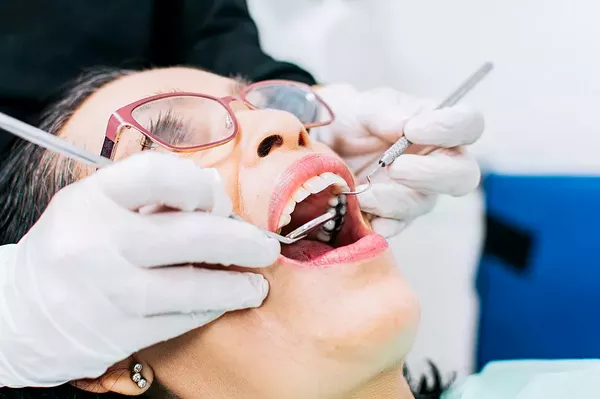Gum health is a crucial aspect of overall oral hygiene, and conditions like gingivitis can raise concerns about their potential to spread. One common question that arises is whether gingivitis, a mild form of gum disease, is contagious. In this article, we will delve into this question, dispel myths, and provide a comprehensive understanding of the transmission of gingivitis.
Understanding Gingivitis
Gingivitis is characterized by inflammation of the gums, often caused by the accumulation of plaque—a sticky film of bacteria—along the gumline. Common symptoms include redness, swelling, and bleeding of the gums during brushing or flossing. Gingivitis is primarily a result of poor oral hygiene, but factors like hormonal changes, certain medications, and medical conditions can contribute to its development.
Myth Dispelled: Gingivitis is Not Contagious
Contrary to some misconceptions, gingivitis itself is not contagious. It cannot be directly transmitted from one person to another through casual contact, such as sharing utensils, kissing, or close proximity. Gingivitis is primarily caused by bacterial overgrowth due to inadequate oral hygiene practices, and its development is influenced by individual factors such as genetics, health conditions, and habits.
Factors Contributing to Gingivitis
Several factors play a role in the development of gingivitis:
Plaque Accumulation:The primary cause of gingivitis is the buildup of plaque on teeth and gums due to inadequate brushing and flossing.
Poor Oral Hygiene:Inadequate oral hygiene practices allow bacteria to flourish, leading to inflammation and infection of the gums.
Tobacco Use:Smoking or using tobacco products can increase the risk of gum disease, including gingivitis.
Diet and Nutrition:A diet high in sugary foods and beverages can contribute to plaque buildup and gum disease.
Hormonal Changes:Hormonal changes during puberty, pregnancy, and menopause can make gums more susceptible to inflammation.
Medical Conditions:Health conditions like diabetes, immune disorders, and certain medications can increase the risk of gum disease.
Transmission and Contagion:While gingivitis itself is not contagious, the bacteria responsible for gum disease can be transferred indirectly under certain circumstances. For example:
Saliva Sharing:Sharing eating utensils, drinks, or oral care items with someone who has active gum disease could potentially introduce harmful bacteria to your mouth.
Parental Transmission:Parents with poor oral hygiene may inadvertently transfer harmful oral bacteria to their children through shared utensils or close contact.
Preventing the Spread of Harmful Bacteria
While the transmission of gingivitis is not common, taking proactive steps to prevent the spread of harmful oral bacteria is advisable:
Practice Good Oral Hygiene:
Brush and floss regularly to remove plaque and reduce the risk of gum disease.
Avoid Sharing Oral Items:
Minimize the sharing of utensils, toothbrushes, and other oral care items to prevent the potential transfer of bacteria.
Regular Dental Visits:
Schedule regular dental check-ups and cleanings to detect and address gum disease early.
Conclusion
Gingivitis is not a contagious gum disease; it cannot be directly transmitted from one person to another through casual contact. However, the bacteria that contribute to gum disease can be indirectly transferred under certain circumstances, such as sharing oral items or through close parental contact. The primary cause of gingivitis is poor oral hygiene and the buildup of plaque, and its development is influenced by individual factors. Taking preventive measures, practicing good oral hygiene, and seeking professional dental care are essential for maintaining gum health and preventing the progression of gum disease. Understanding the factors contributing to gingivitis and dispelling myths about its transmission can empower individuals to make informed decisions about their oral health and maintain a confident, vibrant smile.
Related Topics:































